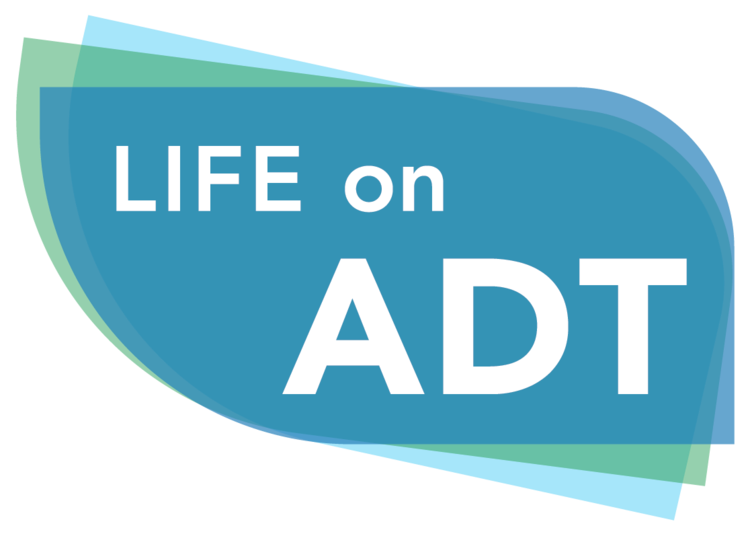A disheartening moment for many prostate cancer patients is experiencing a rise in PSA after definitive treatment for prostate cancer that was hopefully curative. The rising PSA signifies residual disease and the next treatment is typically ADT. Given the wealth of side effects associated with ADT, a perennial question is, “Do I need to start ADT now or can I get equal control of my cancer if I just wait until the PSA is higher?”
This question has drawn a fair bit of research, including a series of studies a decade and a half ago on the now classic, “The Timing of Androgen Deprivation Trial“ (aka, TOAD). The original TOAD study found a survival benefit for starting ADT promptly rather than waiting for more PSA rises indicative of non-cured prostate cancer.
More recently, a group of researchers at the University of Michigan have gone back and reviewed some TOAD data that were not analyzed before. They specifically looked at patients in TOAD who had or had not been previously on ADT at the start of the study. Among the men who had been on ADT previously, those who received immediate ADT had improved overall survival compared to those who delayed starting on ADT. However, immediate ADT was not associated with a significant benefit for patients who had no previous exposure to ADT.
What this suggests is that a slow rise in PSA after a prostatectomy or radiotherapy should not be a reason to panic and rush to start on ADT when there’s a long PSA doubling time. However, if the patient has been on ADT before (for instance, as adjuvant therapy to radiotherapy) and he then experiences progressive rises in PSA, a case can be made for starting on ADT relatively soon.
It is studies like these that inspire our love for science. One can appreciate well-designed studies and the efforts researchers go to in order to find new data. But it’s particularly pleasant to see investigators clever enough to look at old data in a new way and find things that had not been seen before.
From a patient’s perspective, the decision to start on ADT when there is a rise in PSA after definitive treatment needs to take into consideration not just absolute PSA value and PSA doubling time, but also previous ADT history.
To read the study abstract, see: https://academic.oup.com/jncics/advance-article/doi/10.1093/jncics/pkac025/6555004?login=true
Reference:
Stensland, K. D., Devasia, T., Caram, M., Chapman, C., Zaslavsky, A., Morgan, T. M., ... & Skolarus, T. A. (2022). Better Understanding the Timing of Androgen Deprivation (TOAD) Trial Outcomes: Impacts of Prior ADT. JNCI Cancer Spectrum.
